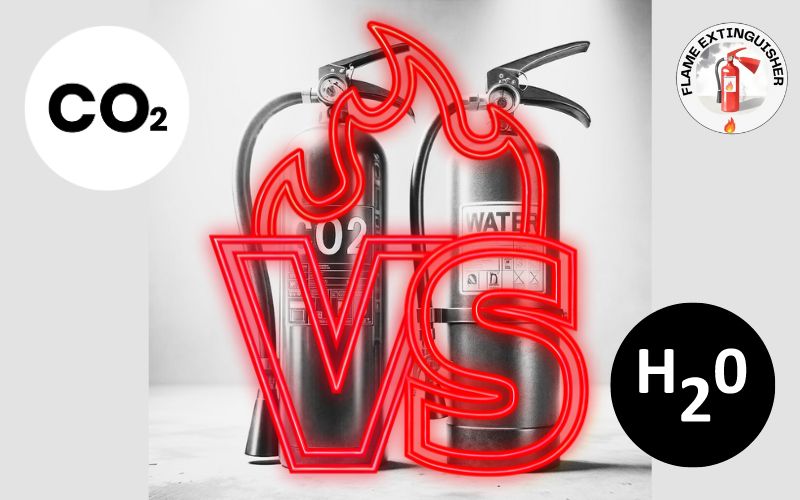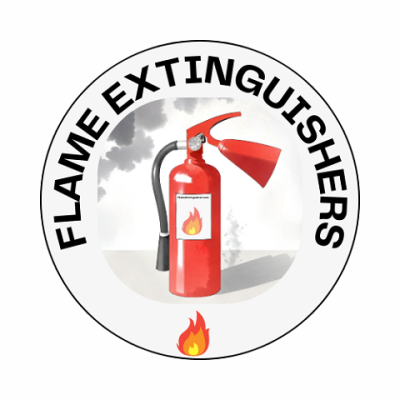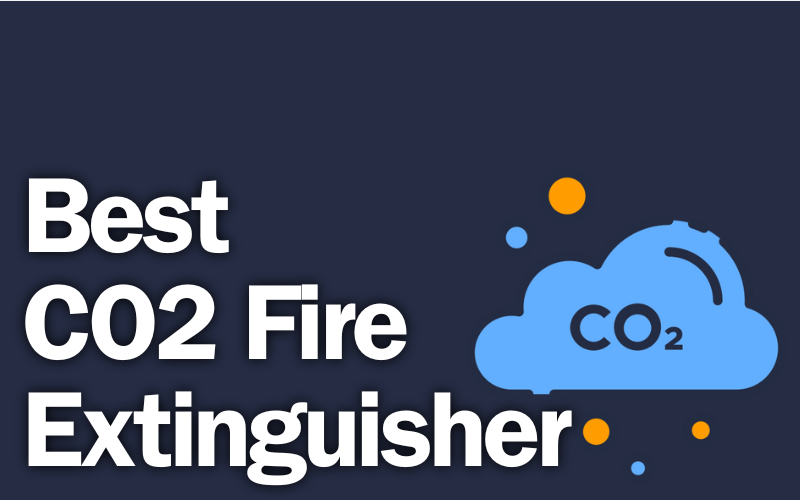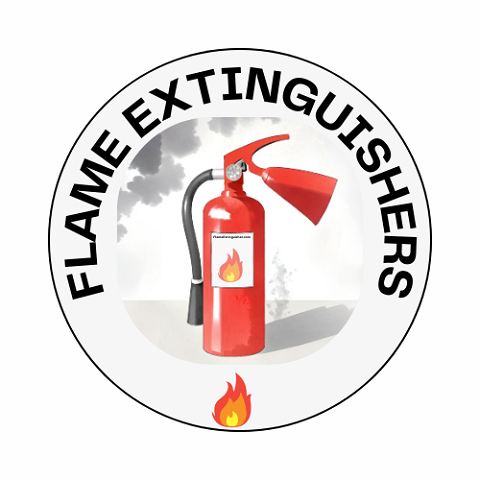Hello everyone! Have you ever been in a situation where you’re looking at different fire extinguishers and wondering, “Which one of these should I use?” If that’s the case, you’re in the right spot. Today, we’re going to explore the ins and outs of Water and CO2 fire extinguishers, breaking it down in a way that’s easy to understand.

Understanding the Types of Fires
First things first, let’s talk about the various types of fires. Imagine fires like different types of athletes. Class A fires are your basic, everyday fires – wood, paper, textiles. Class B are the trickier ones, with flammable liquids involved. Class C fires are all about electrical equipment.
Where do Water and CO2 Fire Extinguishers Fit?
CO2 extinguishers are great for Class B and C fires – think electrical fires or those involving flammable liquids. Water extinguishers, meanwhile, are ideal for Class A fires, like a wood fire.
The Lowdown on CO2 Fire Extinguishers
CO2 extinguishers are quite fascinating. They work by displacing oxygen and reducing heat with their cold discharge.
Ideal Situations for CO2
These extinguishers are a good fit for places with lots of electrical equipment, like server rooms or kitchens with electrical appliances.
Advantages and Limitations
The biggest advantage of CO2 fire extinguishers is that they don’t leave any residue, which is great for clean-up. However, they’re not the best in windy situations and can be risky in confined spaces.
Water Fire Extinguishers: The Classic Choice
Water extinguishers are straightforward – they combat fires by cooling down the burning material.
When to Use Water Extinguishers
These are your go-to for Class A fires – anything involving organic materials like wood or paper.
Pros and Cons
Water extinguishers are environmentally friendly, but they’re not suitable for electrical fires, so you’ll need to use them cautiously.
Safety and Maintenance
Both types of extinguishers need regular checks and maintenance. For CO2 fire extinguishers, be aware of the risk of frostbite. Water extinguishers need to be kept from freezing in cold environments.
Environmental and Accessibility Considerations
Water extinguishers are more eco-friendly than CO2 fire extinguishers. They are also generally easier and cheaper to maintain.
Deciding What’s Best for You
Choosing the right extinguisher depends on your specific situation. For areas with a lot of electrical equipment, CO2 might be the better choice. In places with more general fire risks, like paper and wood, water extinguishers are more suitable.
Your Setting Matters
The choice between CO2 fire extinguishers and water extinguishers depends heavily on where you are – a home, an office, or a factory. Each setting requires a different approach to fire safety.
Size and Handling
It’s important to choose an extinguisher that’s the right size for you – one that you can handle easily in an emergency.
Knowledge is Power
Having a fire extinguisher is one thing, but knowing how to use it is crucial. Consider getting some training to be prepared.
Wrapping It Up
There you have it – a detailed look at CO2 and Water Fire Extinguishers. Whether you choose CO2, water, or both, the most important thing is to understand your needs and be prepared. Stay safe and make sure you’re ready for any fire emergencies!

Term of The Day:
Fire Load Density: The amount of combustible material present in a given area, taking into account both the quantity and flammability of materials.
Proudly powered by WordPress


